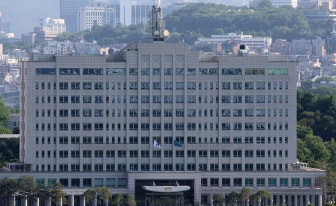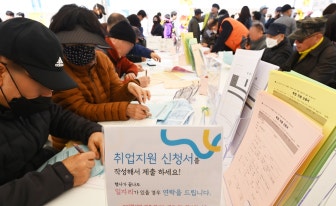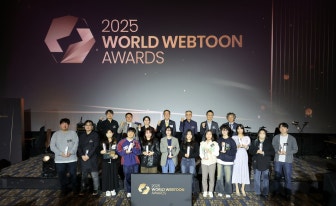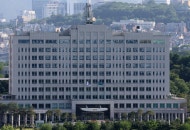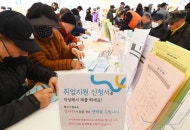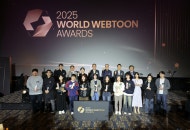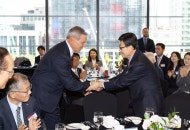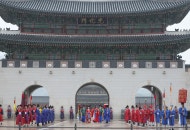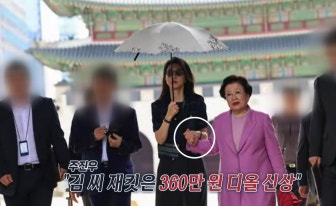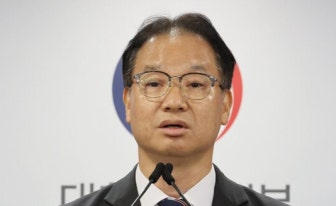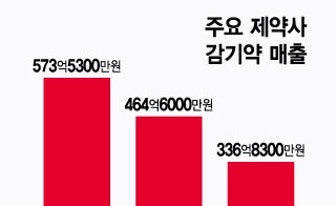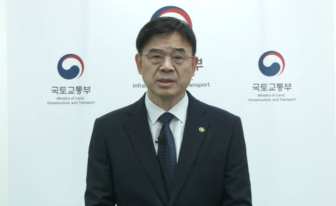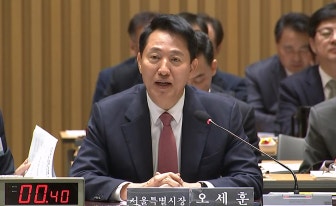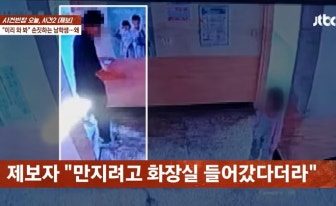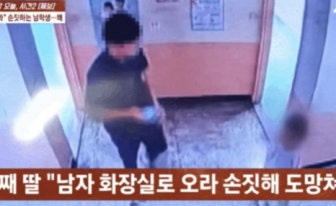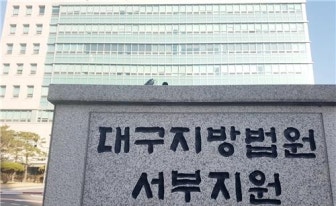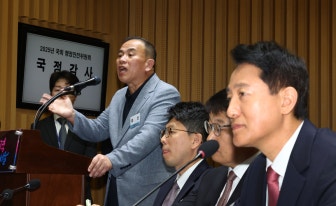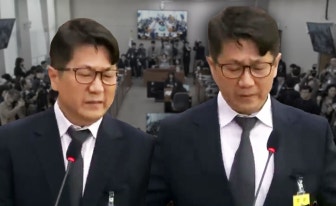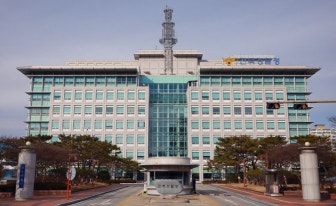The logistics center market in the Greater Seoul metropolitan area is entering a phase of stable growth as oversupply concerns ease, CBRE Korea said Monday.
In its latest report, the global real estate services firm said oversupply is being resolved through reduced supply and market rebalancing.
As of August, 172 logistics center projects totaling 12 million square meters across the capital region, including Incheon and Gyeonggi Province, had faced construction delays of more than a year, with 81 percent now entering their third year since securing permits.
Many projects have stalled due to ownership transfers, financing failures or lack of development structures, while some have been converted into distressed assets or non-performing loans. As a result, new supply in 2026–2027 is projected to account for less than 5 percent of the current market.
CBRE said delays and cancellations are quickly easing supply-side risks, while high construction costs and tighter regulations will continue to limit large-scale projects.
Demand remains solid, led by third-party logistics and e-commerce operators, which accounted for 79 percent of leased floor area in the first half. Market leaders such as Coupang and CJ Logistics are driving growth, while Chinese platforms, including AliExpress and Temu, are diversifying demand.
CBRE projects the overall Grade A vacancy rate will drop to around 10 percent by 2027. Dry storage vacancy could fall below 4 percent, while cold storage may remain above 30 percent amid slower demand recovery, a gap which will likely shape future investment strategies.
Falling vacancy and limited new supply are expected to support rent recovery, particularly for dry storage facilities.
“The market has passed its oversupply peak and is entering a new equilibrium where reduced supply and steady demand converge,” said Claire Choi, CBRE Korea’s head of research. “It's now time for both tenants and investors to evaluate asset-level differentiators and respond proactively to structural changes such as automation and integration.”



